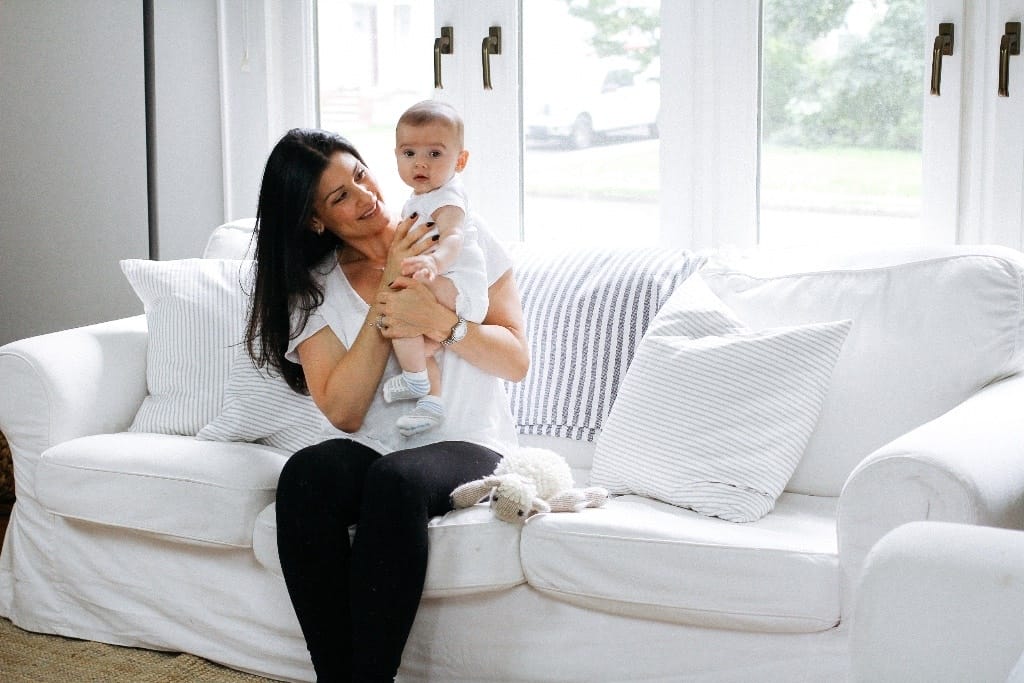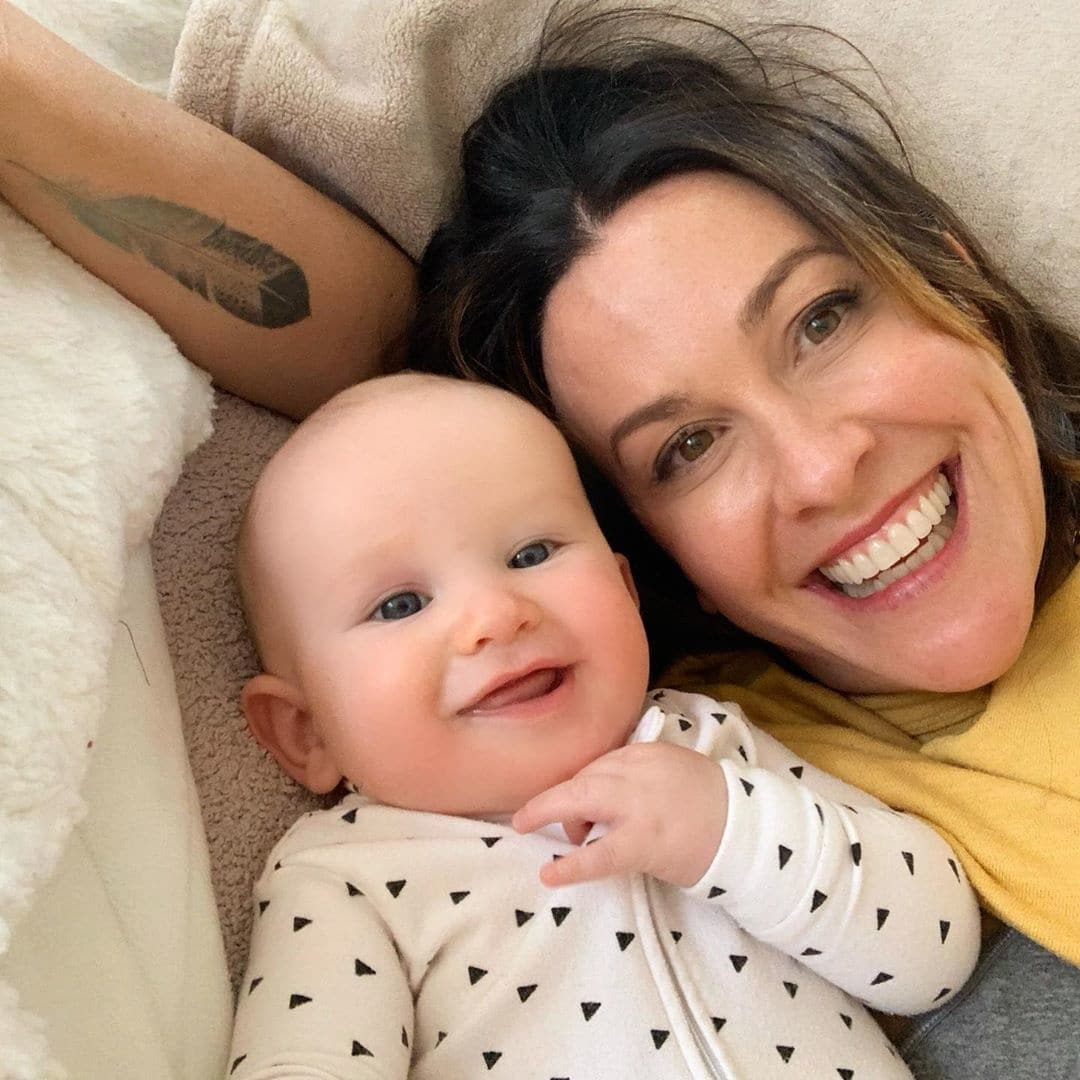It’s science: This is why you hold your baby on the left side

This cradling bias exists across multiple mammal groups.
Ask any mama where she has tension in her back and chances are she’ll say on the left side. That’s because research shows some 70 to 85% of women typically carry their babies on the left side of their bodies.
As for the reason why this happens, a new study published in the journal Biology Letters sheds more light on the fascinating “cradling bias” by demonstrating it also exists among Pacific walruses and Indian flying foxes.
Speaking with The Guardian, co-author Dr. Andrey Giljov explains the left side of our bodies is processed by the right hemisphere of the brain, which is responsible for controlling many aspects of social behavior, such as facial recognition and emotional processing. He explains this suggests “an ancient origin of cradling bias.”
For the latest study, Giljov and his fellow researchers observed 73 mother-offspring walrus pairs and 266 flying fox pairs. They noted that although the mamas and babies did face each other on both sides at various points, there were clear preferences for the left visual fields—just like with humans and primates.
What’s more, the walrus calves and fox pups also showed similar left-side preferences. This was significant because, unlike with humans where babies have no control over which side they are carried, the calves and pups were able to show preferences of their own.
“Mother and infant, both using the left visual field, can, therefore, gain optimal perception of each other provided by the flow of information between their right hemispheres,” the researchers say in the journal. “Thus, our findings indicate that facing each other the mother and her infant take a mutually beneficial spatial position favouring greater right-hemisphere involvement.”
Beyond the social processing perks to keeping baby on the left side, Dr. Gillian Forrester tells The Guardian other research has shown the left side of the face is more expressive. She explains this may be beneficial to babies, hence mama’s subconscious cradling bias.
Research also shows men have the same cradling preference, although studies suggest this doesn’t kick in until they actually become dads, whereas women seem to be born with the instinct to carry children on the left side.
And as for the approximately one-in-four of us who usually hold our babies on the right, a 22-year-old study suggested there is nothing inherently wrong about this—but people who carry on the right are typically more anxious about pregnancy, delivery and our children’s health.
Although it may seem like a simple fun fact to us (and useful knowledge to massage therapists), Forrester says it’s valuable insight for scientists.
“[By] understanding the evolutionary history of the way the brain is organized, we are going to be able to understand why we behave the way we do much better.”


































